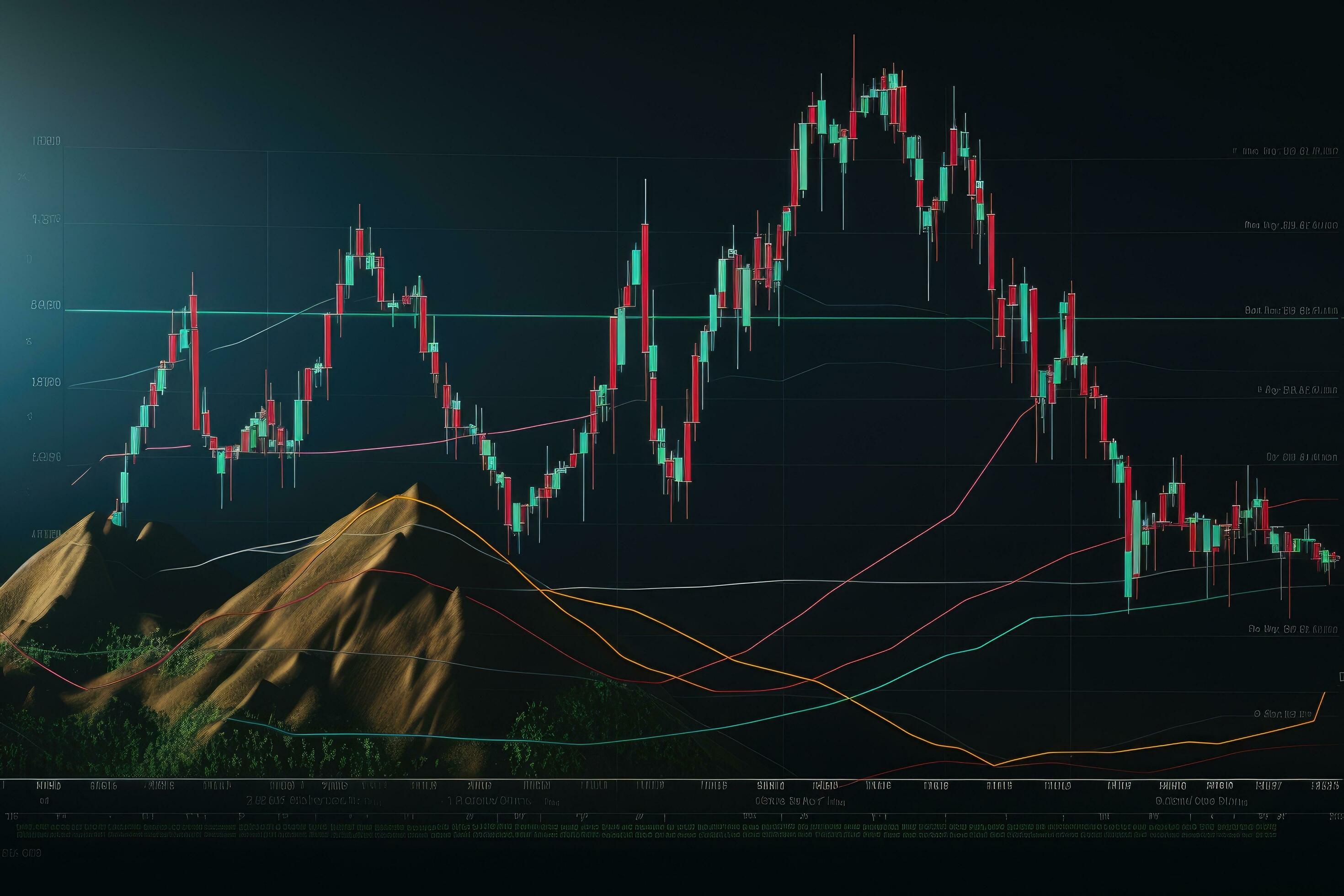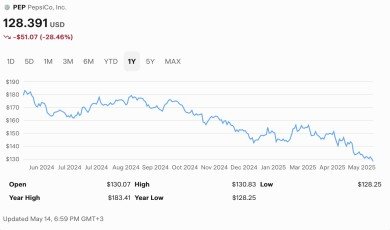
Steps to go Public on European Exchanges
- Going public is a crucial step for companies seeking financing.
- Companies must comply with strict regulations under the supervision of the AMF (French Financial Markets Authority).
- Companies can choose from various stock markets (Eurolist, Euronext Growth, Euronext Access).
- Collaboration with a listing sponsor is essential for a successful IPO.
- The stock market provides a continuous source of liquidity for business growth.
- The costs of going public, though significant, are strategic for enhancing a company’s image and credibility.
Companies seeking to go public to finance their growth must comply with strict regulations, such as presenting fully transparent financial statements, allocating a minimum quota of shares to each investor, and allocating at least 10% of the share capital to private investors.
Additional regulations apply depending on the target stock market: Eurolist (main market), Euronext Growth (for fast-growing SMEs), or Euronext Access (for high-potential startups). The French Financial Markets Authority (AMF) oversees compliance with these regulations and grants authorizations for initial public offerings (IPOs).
An intermediary called a listing sponsor manages the IPO process for the company and determines its share price through various methods: open price offer, fixed price offer, minimum price offer, or direct listing.
To prepare for this step, a well-structured online business creation is essential.
The Stock Market and Financial Markets: Definition
The stock market brings together investors and companies seeking to finance their growth by opening their capital (selling shares). Thus, the stock market is a financial market where transactions primarily involve financial securities (also called “shares”).
A company is said to be “listed on the stock exchange” when it enters a stock market to sell its shares.
The financial market for share transactions is managed by Euronext and consists of:
- The Eurolist market (the main market listing all shares, presented in alphabetical order)
- The Euronext Growth market (SMEs and large companies in a phase of strong growth, with a monopoly in a traditional sector)
- The Euronext Access market (a free market for high-potential startups)
In general, the Paris Stock Exchange offers various markets for share transactions, as well as transactions involving bonds, warrants, and certificates.
The CAC 40 and the Paris Stock Exchange
Note that the CAC 40 is the main stock index of the Paris Stock Exchange. It consists of 40 companies among the top 100 French market capitalizations. It can be considered an indicator of the overall market trend.
Why Go Public for a Company
For a company, going public avoids burdening its business model with a significant loan.
This financing solution provides continuous liquidity from thousands of investors to expand, open new branches internationally, and, more generally, fund its growth strategy and meet its obligations.
Furthermore, a listed company enhances its credibility compared to unlisted competitors.
Conditions for Entering the Stock Market
Companies entering the stock market must comply with stricter regulations than unlisted companies. The AMF oversees compliance checks and grants authorizations for going public.
Among the rules to follow, the company must, for example:
- Present detailed and 100% transparent annual accounts and financial statements
- Use a legal translation services company like PoliLingua
- Sell shares to private (non-professional) investors for at least 10% of the share capital (percentage varies by market)
- Set its initial share price below a certain proportion of the minimum purchase price
- Allocate a minimum quota of shares to investors
Additional conditions apply to obtain AMF authorization, depending on the target market. For example:
- Companies targeting Eurolist must have prepared consolidated accounts certified by an auditor for at least three years before the application
- Companies aiming for Euronext Growth must comply with accounting obligations set by the Commission des Opérations en Bourse (COB) and avoid including approval clauses in their corporate governance
- Companies seeking to list on Euronext Access must have at least €1.5 million in equity, issue at least 10,000 shares representing a minimum of 20% of the capital or €5 million for a capital increase of at least 50% (measures to protect investors in young companies)
The target stock market decides whether to accept the company’s IPO application after AMF review and authorization.
Steps to Go Public
Step 1: Consider the Type of IPO
The first step is to define the nature of the IPO, i.e., decide whether the company will sell existing shares or proceed with a capital increase.
Step 2: Study the Choice of Market
Procedures and regulations vary by market (Euronext Access being the least regulated, followed by Euronext Growth). The more regulated the market, the stronger the company must be to access it, and the higher its shares are valued. Thus, the choice of market depends on the company’s financial situation and strategy.
Step 3: Select Financial Intermediaries for a Quality IPO
The company does not set its share price or manage the IPO process; this is handled by a financial intermediary approved by the AMF, known as a listing sponsor, a provider of investment services.
Specifically, the listing sponsor is responsible for selling the shares, revising contracts with the help of specialized lawyers, and engaging accounting professionals to ensure compliance with regulations (consolidated accounts, certifications, etc.).
Step 4: Choose an IPO Procedure
There are several IPO procedures:
- Open Price Offer (OPO)
- Fixed Price Offer (OPF)
- Minimum Price Offer (OPM)
- Direct Listing (rarely used)
Open Price Offer (OPO)
The Open Price Offer (OPO) is the most commonly used. Here, the company engages a financial institution that forms a “banking syndicate.”
All members individually guarantee the placement of a certain number of shares with institutions collecting savings to invest in financial markets, known as institutional investors.
The price is set based on demand. No minimum service rate is required. The OPO is often paired with a “guaranteed placement” offer.
Fixed Price Offer (OPF)
With the Fixed Price Offer (OPF), the financial institution and the company set the share price before the IPO.
Each order has the same price, and the number of shares issued depends on supply and demand, i.e., the number of orders received from two types of investors: individuals and institutional investors. The minimum service rate is set at 1%.
Minimum Price Offer (OPM)
The Minimum Price Offer (OPM) operates like an auction. Only one category of order is accepted for a limited price and a minimum price. The amount varies based on the number of orders received.
Direct Listing
Rarely used, direct listing requires setting the number of shares issued and a minimum price in advance. Limited price orders are allowed and prioritized over other shares, executed without price control.
Step 5: AMF Authorization
Finally, the company must obtain approval from the target market after AMF review and authorization.

The Cost of Going Public
The cost of an IPO varies based on several factors:
- The characteristics of the operation
- The target market
- The number of intermediaries involved (financial institutions, accountants, auditors, lawyers, financial advisors, etc.)
Commissions Related to the IPO
In addition to intermediary fees, several commissions must be considered:
- The Investment Services Provider (ISP) commission, equal to 1.5% to 3% of the operation
- The listing sponsor commission, approximately 2% of the raised amount, plus an annual subscription of several tens of thousands of euros
- The Euronext commission
Other IPO costs include:
- Legal modifications, such as contract revisions, changes to corporate statutes if applicable, and legal audits (€50,000 to €200,000)
- The AMF fee: less than €5,000
- Communication of the company’s financial information (transparency principle), costing €50,000 to €150,000
Consequences of Going Public
An IPO allows a company to access continuous liquidity to finance its growth, especially if share prices develop favorably.
On the downside, note the high cost of the IPO and related expenses.

